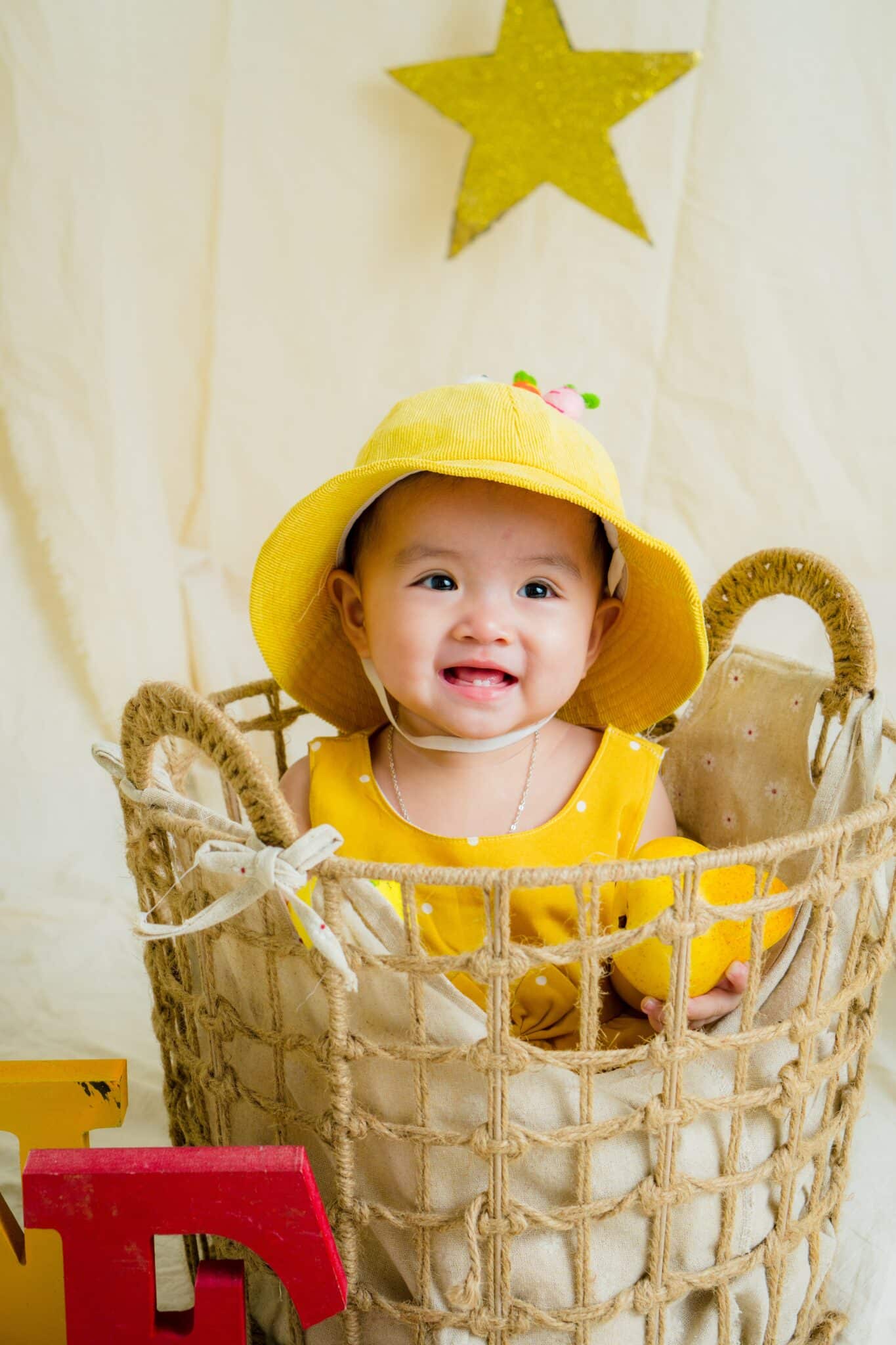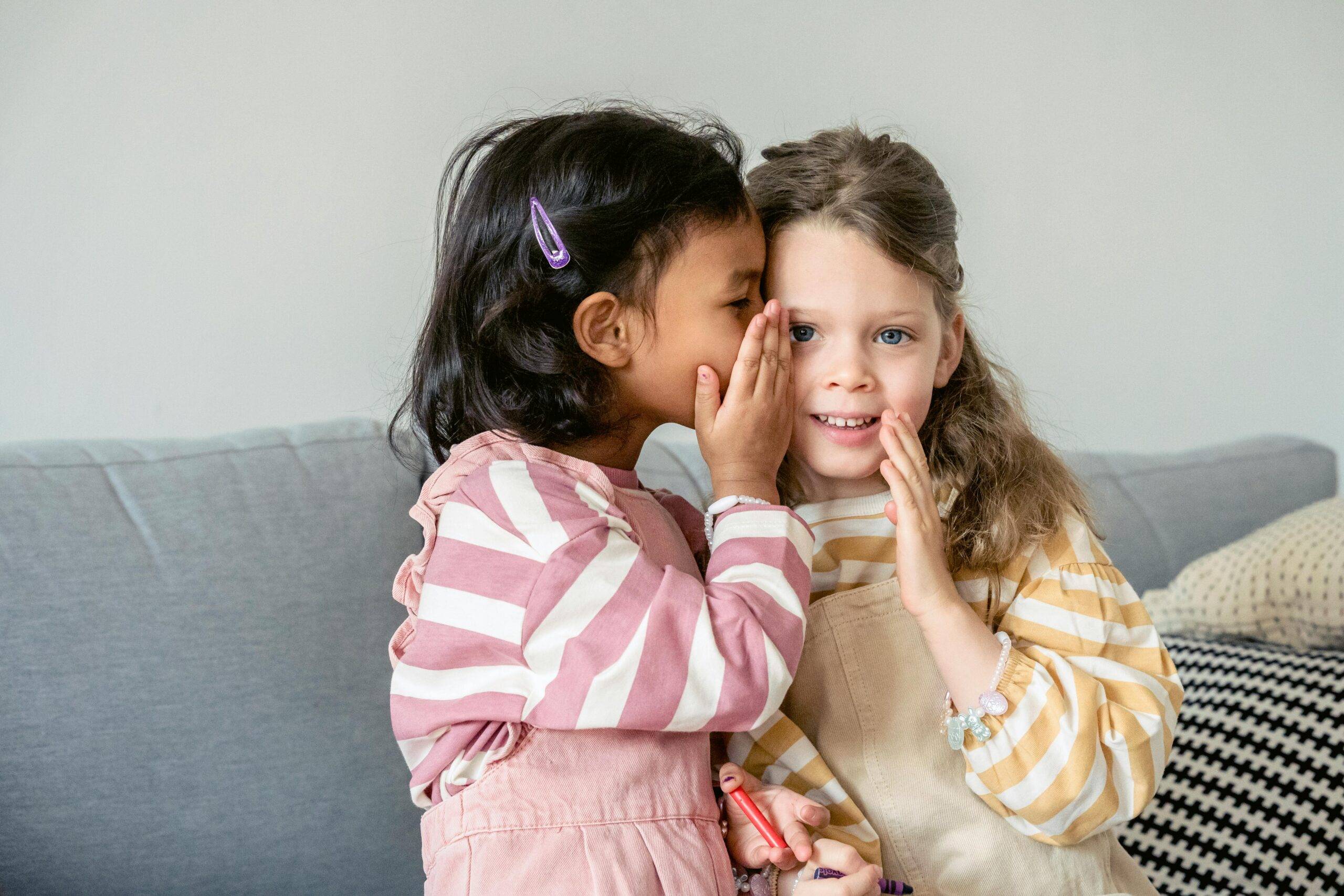Table of Contents
Is this your child’s first time attending school? If so, you might be having difficulty choosing what your child will wear to school. The school dress code for first-time students may even restrict the outfits you want your kids to wear!
In this article, we at Omega Pediatrics will help you and your child choose and smoothly transition from onesies to overalls. We strive to make the school dress code fun and memorable for your kids. This transition is another milestone!
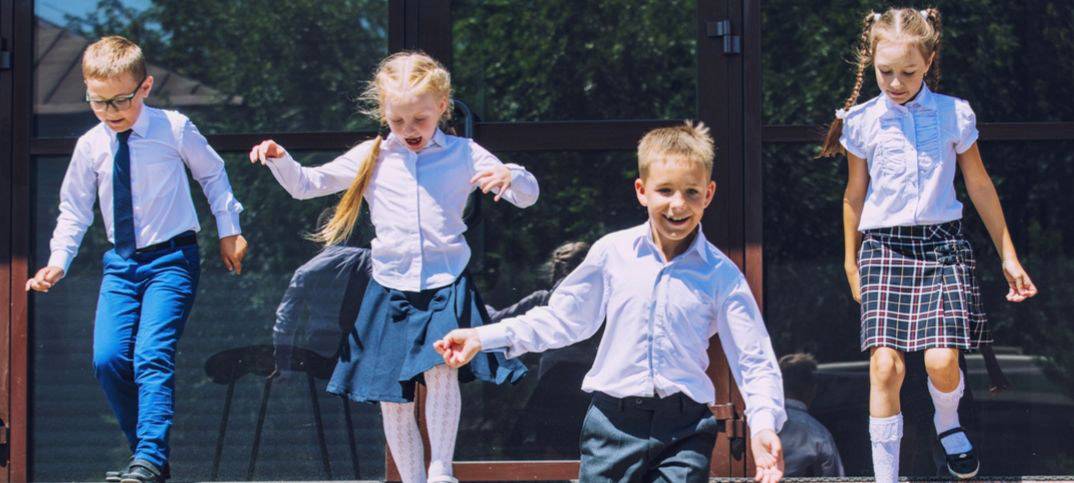
Decoding School Dress Codes: A Guide for New Parents
Many schools have dress codes for students, and it doesn’t matter what grade your child is in—whether it’s kindergarten or high school. Ensuring that your child’s clothing complies with the school’s specifications should be your priority.
Your child will be required to wear a specific style of pants, collared shirts, or certain colors, so follow the rules. Shorts and short dresses for girls may not be allowed.
Uncertain of the uniform requirements for freshmen students? Visit the school’s website since it frequently has dress code information for parents. Or you can inquire at the school’s Admissions Office. It is also included during the school orientation.
Some schools have uniforms.
Some schools, especially private or sectarian schools, have a policy of wearing the prescribed school uniform. These schools believe that school uniforms make everyone ‘equal.’ And for a deeper reason, there is the issue of school bullying.
Private schools believe it will be harder for other kids to bully because everyone wears the same thing. There’s an air of confidence and a sense of belonging for the child since what they’re wearing is the same as that of his or her classmates.
Plus, you or your kids will not have difficulty choosing clothes in the morning while preparing for school. The drawback of this is the loss of self-expression. Creativity is limited when school uniforms are imposed on students.
Based on these reasons, among the US public schools, only 22% have school uniforms.
Most public schools don’t have uniforms but have dress codes.
It doesn’t mean, though, that when uniforms aren’t imposed or required, your kids don’t have to follow any clothing guidelines. Your child may not be able to wear many types of clothing as school attire.
More often than not, your child’s clothing preferences may not always be aligned with the school’s dress code.
Common Dressing Guidelines for New Students
In many schools, these are the most common dress code policies for students.
- House Wear: Your kids aren’t allowed to wear their house clothes, like pajamas, nightwear, or house slippers.
- Shades: The school officials may ask your child to remove their sunglasses.
- Headgear: Bandanas, hats, or other headwear may not be allowed.
- Sportswear: Your kids aren’t allowed to wear biking, athletic, cycling, swimming, or extremely short shorts.
- Accessories: Wearing jewelry may not be allowed.
- Exposed Clothing: Jackets may be required if your child wears a sleeveless top or dress.
- Selective Designs: Clothing with slang prints or any advertisements may not be allowed.
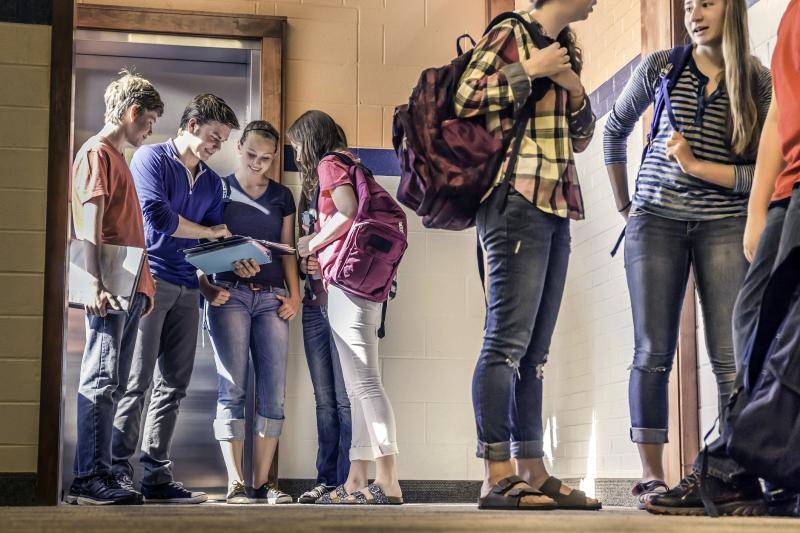
What Parents Should Know
Some students may find the dress code very restrictive. Today, these are the things public schools can’t control when choosing their children’s clothing for school.
- The dress code should be the same for everyone, regardless of gender, religion, race, or socioeconomic status.
- The school can’t discriminate against your child’s clothing or grooming preferences.
For example, the school can’t discriminate against your child for having locks, braids, or hair extensions for cultural reasons. The same goes for those with longer hairstyles and head coverings due to religion.
Picking Out the Perfect School Wardrobe
Getting ready for the new school year doesn’t mean that you have to buy everything new. So, before you head to the malls to start shopping, you may want to check your child’s existing wardrobe.
Also consider whether the clothing will be appropriate for your child’s age, gender identity, level of activity, personal style, and local weather. When creating your clothing shopping list, keep all these things in mind.
1. Fill your child’s wardrobe with the basics.
Kids often only need a few clothes since they can reuse some or because you can do the laundry more frequently than once per week. Also, certain clothes must be cleaned after each use and should be changed during the day.
Underwear, bras, tights, and socks are worn next to the skin; hence, these clothing types absorb sweat. Having more of these necessities helps your kids stay sanitary and clean all the time. Ensure your kid won’t run out of these types of clothing.
As a rule, you can have 5-7 daily essentials per child to ensure that each has plenty for the school week. Your child’s clothing should be ‘basic,’ so these can easily be mixed and matched. Here’s a sample capsule wardrobe:
- ten pieces of underwear, bras, and socks each
- ten to twelve blouses or shirts
- At least two pairs of trousers, jeans, or slacks
- between four and six pairs of shorts or skirts
- thin jacket or windbreaker
- cardigan
- sandals for the warmer months
- pair or two of sneakers or comfy shoes for daily wear
If your kid participates in sports or other strenuous activities that make them sweat and require frequent changing, they will need more clothes. Also, it’s a good idea to have extra clothes if your washing schedule changes or your child needs to go on a long trip.
2. Work on a color palette.
Try to make the choices enjoyable for your children as you help them choose a school-appropriate outfit. Kids typically love to wear their favorite and preferred colors. Concolors repeatedly do this when designing a wardrobe they will love.
Your kids’ preferred color might be the dominant hue in a color scheme you establish and adhere to. Choose all shades of blue and red for their clothes, for instance, if these are their favorite colors.
Next, choose neutral-colored shorts and slacks like white, gray, or black. This makes coordinating the tops and bottoms simple, creating a more versatile wardrobe and attractive ensembles that are cohesive.
3. Have seasonal clothing.
Don’t forget to dress according to the season, like heavier or warmer apparel for fall and winter and appropriate clothing for school. Also, include items like swimmers and snowsuits, which the kids might be required to use for unusual activities but don’t often use.
If your kids like camping, keep some old clothes on hand for this activity. Such outdoor activities may gather stubborn stains that you don’t want to happen on their regular clothing.
4. Weigh the clothing prices.
Your kids grow up fast, so they easily outgrow their clothes. Consider the price of the kids’ clothes before buying them. Think about how many times your child will only be able to wear it. Find a clothing brand that offers high quality at an affordable cost.
Additionally, the start of each season often sees good bargains for apparel brands.
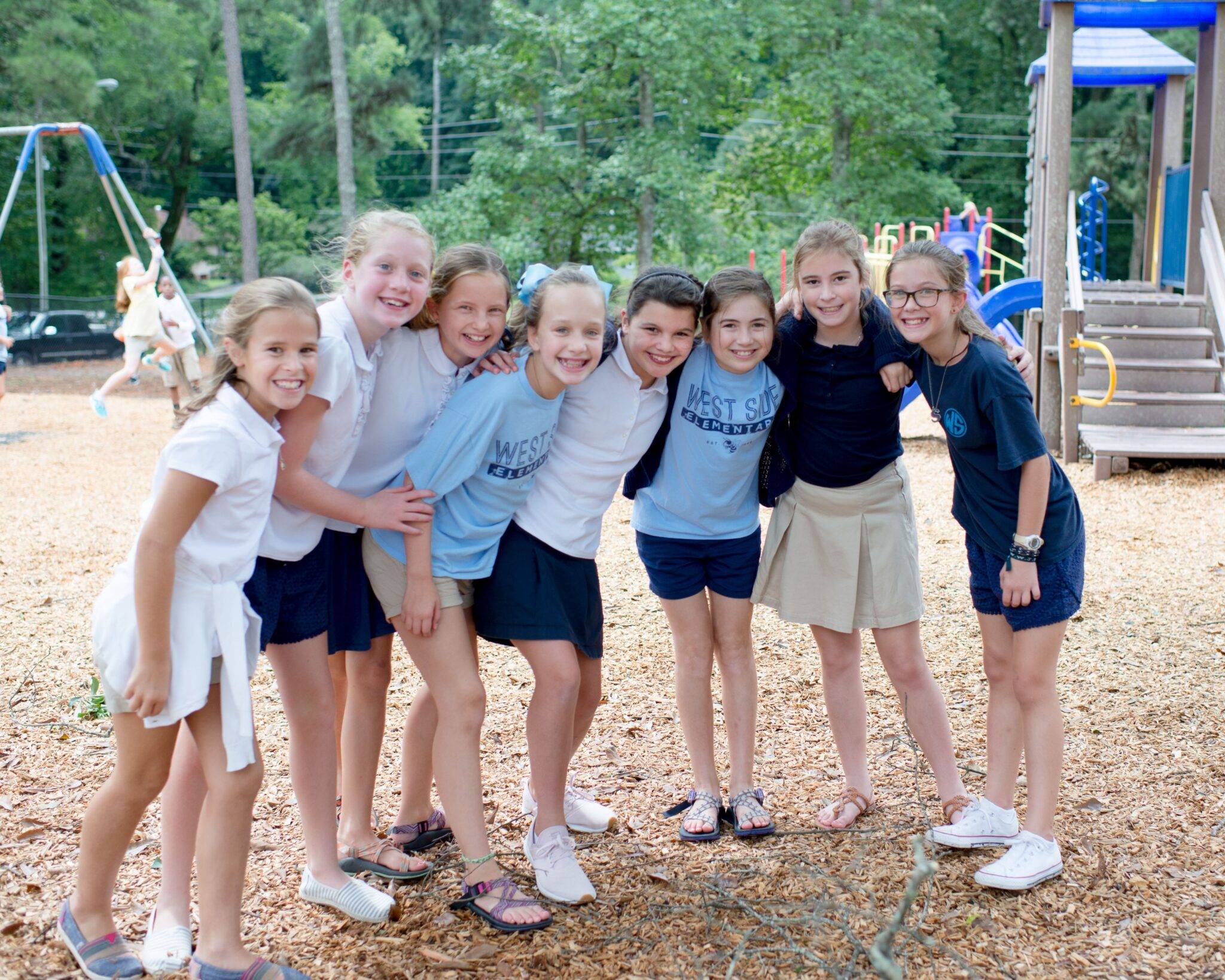
Making Dress Code Fun: Creative School Outfit Ideas for Kids
Finding out what style your child likes and working from there is the key to choosing the best clothing for them. Is your child casual and sporty? Or do they choose to dress up and appear a little more put-together and polished?
Does your child prefer to dress simply in plain colors or with graphic t-shirts representing their favorite artist, song, band, movie, the latest trend, or similar stuff?
1. Minimalist
Since all you need are some amazing basics, minimalist style is arguably the easiest to shop for. A fantastic pair of jeans and a simple shirt will go a long way, and matching sets in neutral tones are perfect since they can be worn together or separately for a minimalist combination.
3. Sporty
Even if your active child enjoys moving about in comfy and utilitarian clothing, you would like to devote your whole back-to-school wardrobe budget to athletic clothing, such as sweatpants, sweatshirts, hoodies, and pullovers.
Cargo pants or jogging sets are also excellent choices since they look stylish while maintaining a sports vibe.
4. Trendy
Kids don’t necessarily need to wear the newest fashions—no one does—but if your child demands it, you can get them denim jackets, high-waist skirts and pants, wide-legged pants, and minimalist graphic tees.
They are fashionable and feel up-to-date, yet they are also reasonably priced, adaptable, and long-lasting due to their durability and flexibility.
5. Casual
Ideally, the basic pieces for any child’s wardrobe are casual, comfortable clothes since they give them room to move about and play. Although getting them dressed up occasionally in adorable gowns or nice linen shirts is lovely, casual attire is usually the preferred option.
Choose sets that can be combined and matched, or basic denim shorts and bottoms.
6. Feminine
Several adorable dresses are so simple to wear and stylish for girls who like wearing everything princess-like. If this sounds like your child, get them lacey floral blouses and dresses. They’re excellent if your child wants something dressier yet still practical.
7. Maximalist
More, more, more is the guiding principle of the maximalist aesthetic. Think vivid hues, striking patterns, and no hint of neutrals. There are many options, and it’s a fun way to clothe your child.
While multicolored sweatsuits are adaptable, tie-dye shorts are wonderful for warmer weather. And a sequin jacket is truly a no-brainer.
8. Artsy
If your child has an artistic flair, he or she may like the bohemian style. Boho fashion is easy, easygoing, and, well, bohemian. It combines the casual and the fanciful.
Your kids will like laid-back staples with cute embellishments, such as floral leggings, fringe skirts, patchwork dresses, or suede boots.
Let Your Children Choose What to Wear to School
When school’s about to start, don’t stress about what your child will wear to school. Tell your child about the school dress code and let them decide what to wear.
Make this back-to-school preparation a fun parent-and-child bonding experience, and who knows? He might even take the initiative and tell, and beg, you to buy him the pieces he wants!
FAQ
What should my child wear to school for the first time?
The school’s dress code policies often dictate what students can wear, so ensure their outfits comply. Typically, avoid house clothes, sunglasses, headgear, sportswear, and overly flashy accessories.
Do all schools require uniforms for first-time students?
While some schools, especially private ones, enforce uniforms for equality and anti-bullying reasons, most public schools don’t. However, they often have dress codes regulating clothing choices.
What are common dress code guidelines for new students?
Schools usually prohibit housewear, sunglasses, headgear, sportswear, excessive accessories, exposed clothing, and clothing with slang prints or advertisements.
Can schools discriminate based on clothing or grooming preferences?
No, schools must apply dress codes uniformly regardless of gender, religion, race, or socioeconomic status. Discrimination based on cultural, religious, or personal grooming choices is not permissible.
How can I create a suitable school wardrobe for my child?
Consider your child’s age, gender identity, activity level, and local weather when selecting clothes. Aim for basics that can be mixed and matched, follow a color palette, and include seasonal and affordable options.


